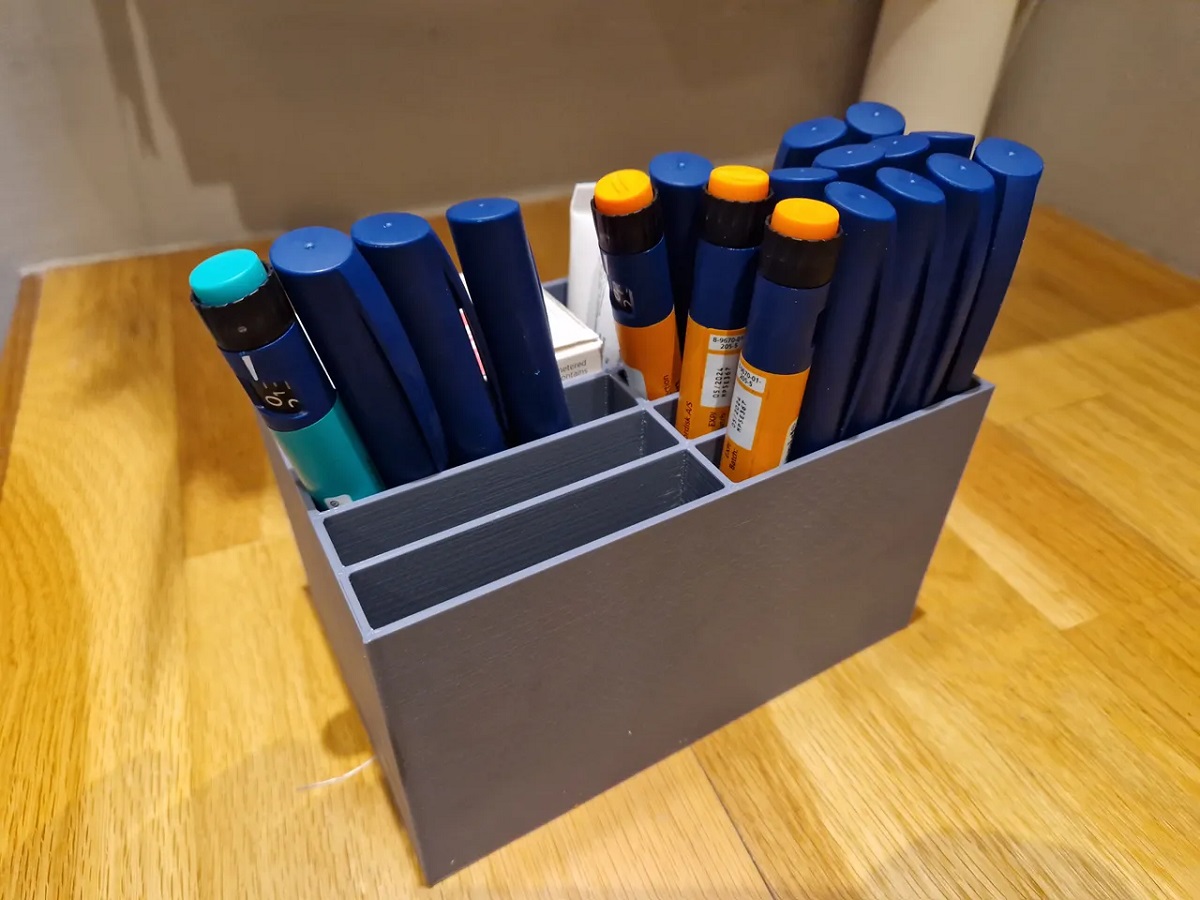

Articles
How To Store Insulin Pen
Modified: December 7, 2023
Learn effective strategies for storing insulin pens in this informative articles. Ensure the safety and efficacy of your medication by following these expert recommendations.
(Many of the links in this article redirect to a specific reviewed product. Your purchase of these products through affiliate links helps to generate commission for Storables.com, at no extra cost. Learn more)
Introduction
Insulin pens have become a vital tool for individuals with diabetes who require regular insulin injections. These compact devices provide convenience and accuracy in delivering insulin doses, making them a popular choice over traditional vial and syringe methods. However, proper storage of insulin pens is crucial to maintain their effectiveness and ensure the safety of the medication.
In this article, we will explore the importance of understanding insulin pens and how to store them correctly. We will also provide helpful tips to ensure the longevity and efficacy of insulin pens while highlighting common mistakes to avoid. So, let’s dive in and learn how to properly store insulin pens to maximize their benefits.
Key Takeaways:
- Proper storage of insulin pens is crucial for maintaining their potency and effectiveness. Avoid extreme temperatures, check expiration dates, and store in a consistent, cool location to ensure optimal diabetes management.
- Understanding the components and types of insulin pens is essential for proper storage. Keep pens away from direct sunlight, handle with care during travel, and discard damaged or expired pens to maintain their efficacy.
Read more: How To Store Insulin
Understanding Insulin Pens
Before delving into storage tips, it is important to have a basic understanding of insulin pens. These devices are designed to hold insulin and deliver precise doses to individuals with diabetes. Insulin pens provide a convenient and discreet alternative to traditional syringe and vial methods.
Parts of an Insulin Pen:
Insulin pens consist of several important components that work together to deliver insulin effectively:
- Cartridge: This is where the insulin is stored. It is a replaceable component of the insulin pen.
- Needle: The thin, disposable needle attaches to the pen and delivers insulin subcutaneously.
- Dosing Mechanism: The mechanism allows users to select and administer precise doses of insulin.
- Dial: The dial, typically located at the end of the pen, is used to select the desired dosage.
- Cap: The cap covers the needle when not in use, ensuring sterility and preventing accidental needle sticks.
Types of Insulin Pens:
There are two main types of insulin pens available, each with its own advantages:
- Disposable Pens: These pens come pre-filled with insulin and are discarded once the insulin is used up. Disposable pens are convenient for people who prefer not to handle insulin cartridges or deal with refilling.
- Reusable Pens: Reusable pens have replaceable insulin cartridges, allowing users to refill them when the insulin is used up. These pens can be more cost-effective for long-term use and offer more flexibility in terms of insulin options.
Understanding the different parts and types of insulin pens is essential for proper storage and usage. Now that we have a grasp on the fundamentals, let’s move on to the importance of storing insulin pens correctly.
Proper Storage of Insulin Pens
To maintain the potency and effectiveness of insulin pens, it is crucial to store them properly. Improper storage can lead to a loss of potency, rendering the insulin less effective in managing blood sugar levels. Follow these guidelines for optimal storage:
Temperature requirements for storing insulin pens:
Insulin pens should be stored within a specific temperature range to ensure their efficacy. The ideal temperature for storing insulin pens is between 36°F (2°C) and 46°F (8°C). This temperature range helps to preserve the insulin’s potency and prevent it from spoiling too quickly. Extreme temperatures, both hot and cold, can degrade the insulin and make it ineffective.
Avoiding extreme temperatures:
It is crucial to avoid exposing insulin pens to extreme temperatures, as this can compromise their effectiveness. Here are some precautions to take:
- Avoid freezing: Freezing temperatures can cause the insulin to denature and lose its potency. Do not store insulin pens in the freezer.
- Avoid excessive heat: High temperatures, such as extreme heatwaves or direct sunlight, can accelerate the breakdown of insulin. Avoid leaving insulin pens in areas exposed to direct heat, such as a hot car.
Selecting an appropriate storage location:
Choosing the correct storage location for insulin pens is essential. Consider these factors when selecting a suitable spot:
- Consistency: Maintain a consistent temperature in the storage area. Fluctuating temperatures can affect the insulin’s potency.
- Dark and cool: Opt for a cool, dark place for storage. Exposure to light can degrade insulin, so avoid storing it in areas with direct sunlight.
- Avoid bathroom storage: Bathrooms are not ideal for storing insulin pens due to changes in humidity and temperature caused by showers and baths.
By adhering to these guidelines, you can ensure that your insulin pens are stored under optimal conditions, maintaining their potency and effectiveness.
When storing an insulin pen, keep it at room temperature (59-86°F) and avoid exposing it to extreme heat or cold. Do not store it in the freezer or direct sunlight. Keep it away from children and pets.
Tips for Storing Insulin Pens
In addition to proper storage conditions, there are a few additional tips to keep in mind when storing insulin pens to maintain their effectiveness:
Keeping insulin pens away from direct sunlight:
Exposure to direct sunlight can negatively impact the potency of insulin. It is essential to keep insulin pens away from direct sunlight or any other sources of intense light. Store them in a dark place, such as a drawer or cupboard, to protect them from light exposure.
Handling and storing insulin pens during travel:
When traveling, it is important to take extra precautions with your insulin pens to ensure their efficacy:
- Temperature control: Use an insulated bag or travel case with a cold pack to keep insulin pens at the recommended temperature range during travel.
- Security checks: Inform security personnel at airports or other checkpoints that you have insulin pens in your carry-on bag. They may require additional screening or inspection.
- Avoid extreme temperatures: Do not expose insulin pens to extreme heat or cold while traveling. Keep them in your carry-on bag rather than checked luggage to maintain control over their storage conditions.
Checking expiration dates and discarding old insulin pens:
It is crucial to regularly check the expiration dates on your insulin pens and discard any that have expired. Expired insulin may not be as effective in managing blood sugar levels, posing potential health risks. Always use insulin pens that are within their expiration date to ensure optimal results.
Additionally, it is important to discard any insulin pens that have been damaged, exposed to extreme temperatures, or have been open for an extended period. Using compromised insulin pens can lead to inaccurate dosing or ineffective insulin delivery.
By following these tips, you can ensure that your insulin pens remain in optimal condition, maintaining their efficacy and helping you manage your diabetes effectively.
Common Mistakes to Avoid
When it comes to storing insulin pens, there are some common mistakes that people make. To ensure the effectiveness and safety of your insulin, it is important to avoid these errors:
Storing insulin pens in the freezer or refrigerator:
While it is crucial to store insulin pens within the recommended temperature range, storing them in the freezer or refrigerator is not advisable. Freezing temperatures can damage the insulin and render it ineffective. Additionally, refrigeration can cause the insulin to thicken, making it difficult to inject. It is best to store insulin pens at room temperature, within the appropriate range mentioned earlier.
Leaving insulin pens in a hot car or direct heat source:
Exposing insulin pens to excessive heat can lead to a loss of potency. Leaving them in a hot car, direct sunlight, or near a heat source, such as a radiator or stove, can subject them to temperatures beyond the recommended range. High temperatures can cause the insulin to degrade, making it less effective. Always store insulin pens in a cool, dark place away from heat sources.
Using damaged or expired insulin pens:
It is vital to check the condition and expiration dates of your insulin pens regularly. Using damaged or expired insulin pens can result in inaccurate dosing or ineffective insulin delivery, compromising your diabetes management. Inspect the pens for any signs of damage or contamination, such as cracks, leaks, or changes in color or consistency. If any damage or expiration is detected, discard the pen immediately and replace it with a new one.
Remember, storing insulin pens correctly and avoiding these common mistakes is essential for their effectiveness and your well-being. By following the guidelines provided and using your insulin pens properly, you can ensure optimal and safe diabetes management.
Read more: How To Store Pens
Conclusion
Proper storage of insulin pens is crucial to maintain their efficacy and ensure the safety of the medication. By understanding the different components and types of insulin pens, you can better comprehend their storage requirements and handling.
Storing insulin pens within the recommended temperature range, avoiding extreme temperatures, and selecting an appropriate storage location are vital steps to preserve the potency and effectiveness of insulin. Keeping insulin pens away from direct sunlight, taking necessary precautions during travel, and checking expiration dates are additional measures to consider.
It is important to avoid common mistakes such as storing insulin pens in the freezer or refrigerator, leaving them in a hot car or direct heat source, and using damaged or expired pens. These errors can compromise the effectiveness of the insulin and potentially impact your diabetes management.
By following these guidelines and taking proper care of your insulin pens, you can ensure their optimal performance and maintain better control over your blood sugar levels. Always consult with your healthcare provider for specific storage instructions and any additional recommendations tailored to your individual needs.
Remember, effective storage and usage of insulin pens play a vital role in your overall diabetes management. By taking the necessary steps to protect the integrity of your insulin, you can confidently rely on your insulin pens to support your health and well-being.
Frequently Asked Questions about How To Store Insulin Pen
Was this page helpful?
At Storables.com, we guarantee accurate and reliable information. Our content, validated by Expert Board Contributors, is crafted following stringent Editorial Policies. We're committed to providing you with well-researched, expert-backed insights for all your informational needs.
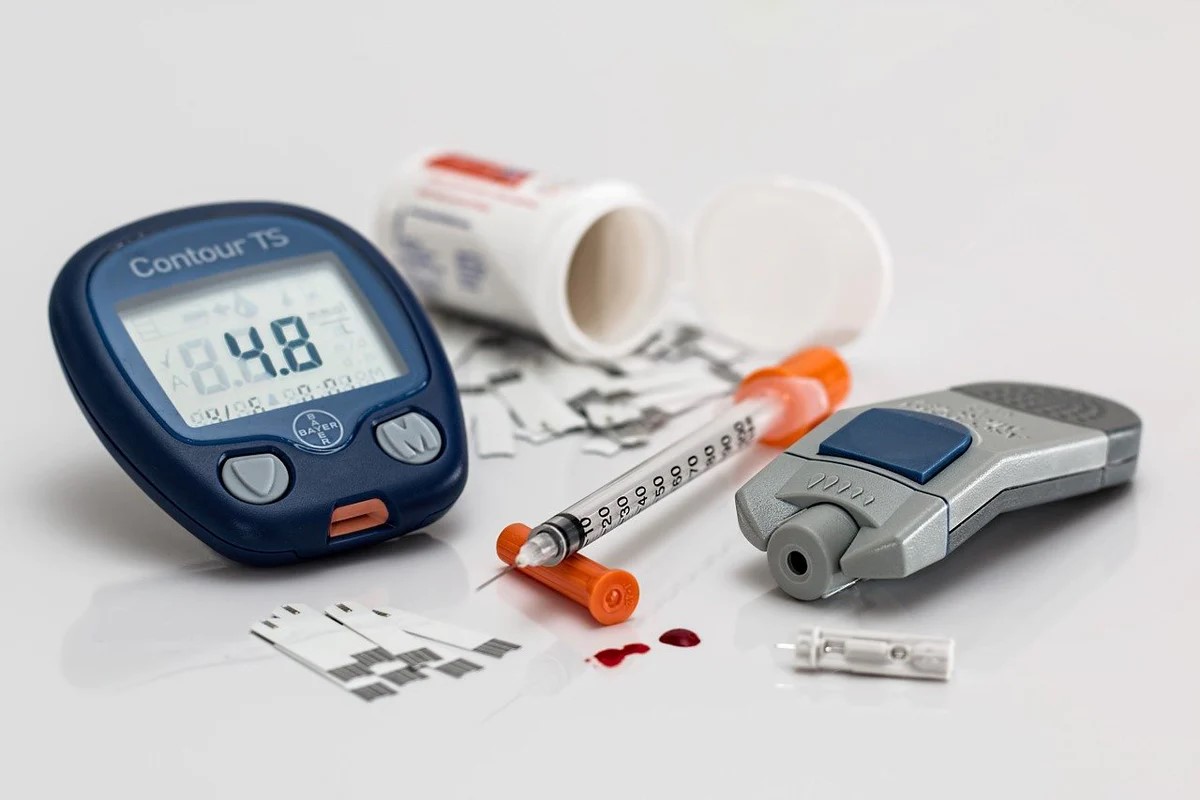
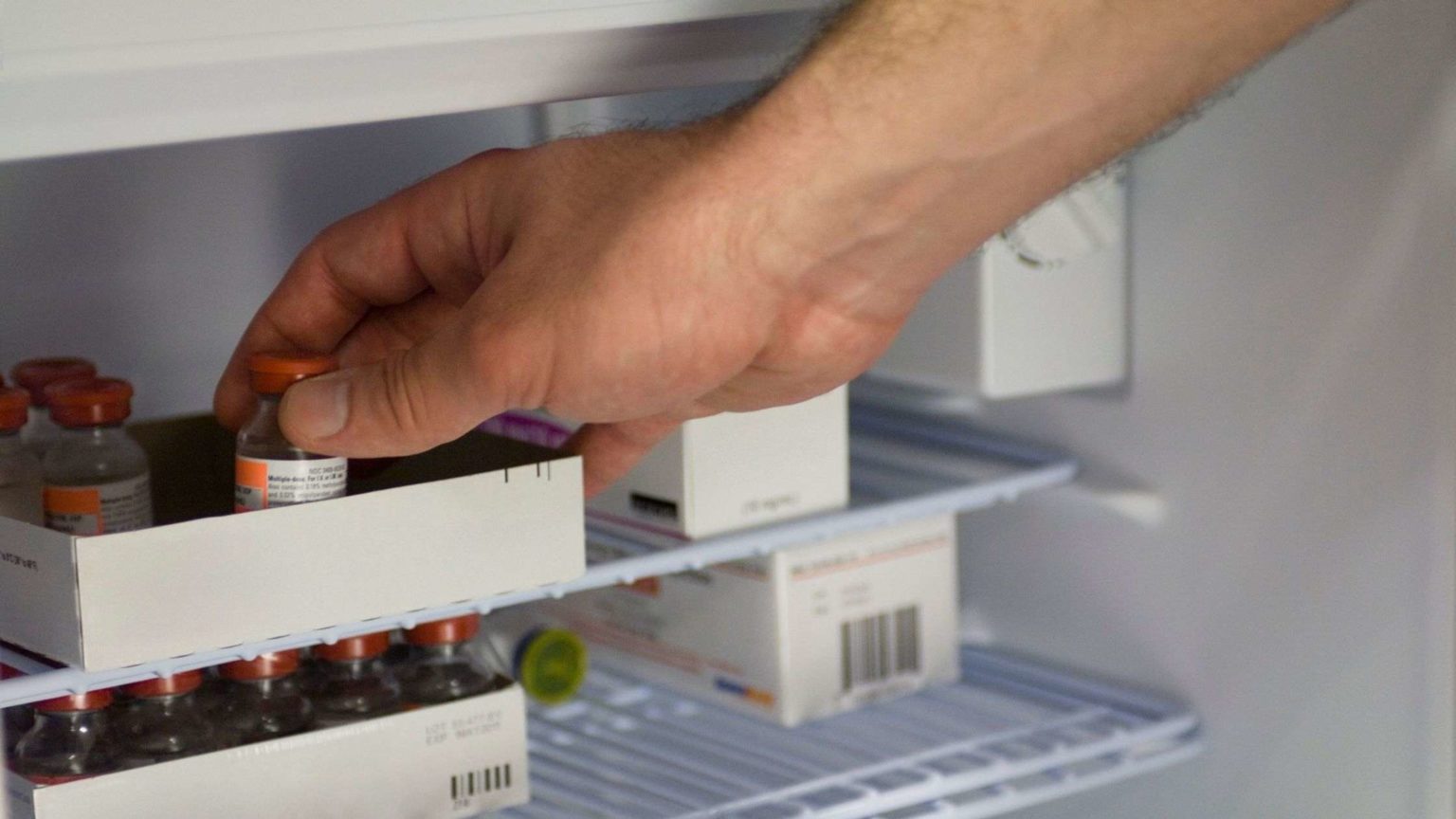
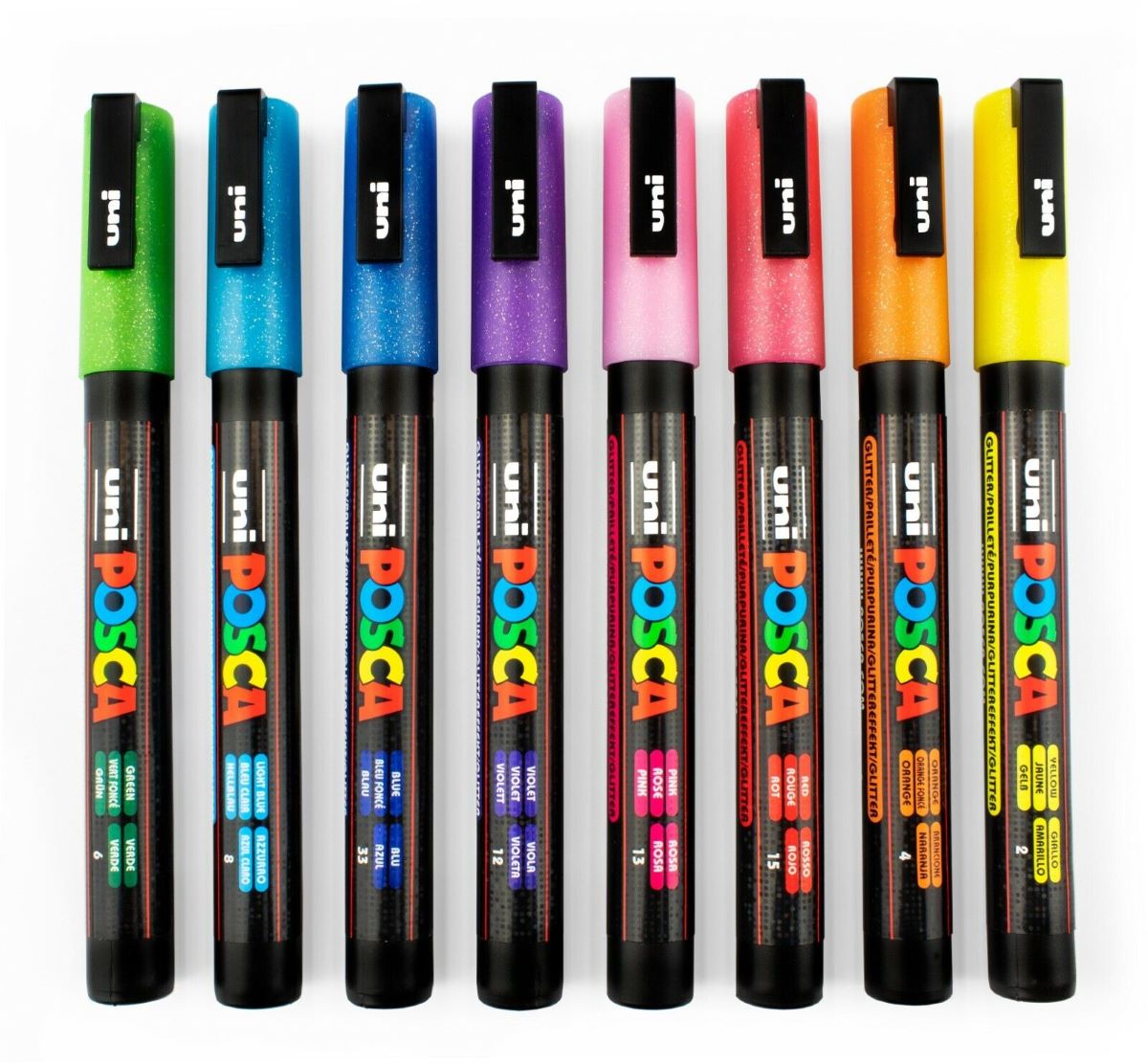


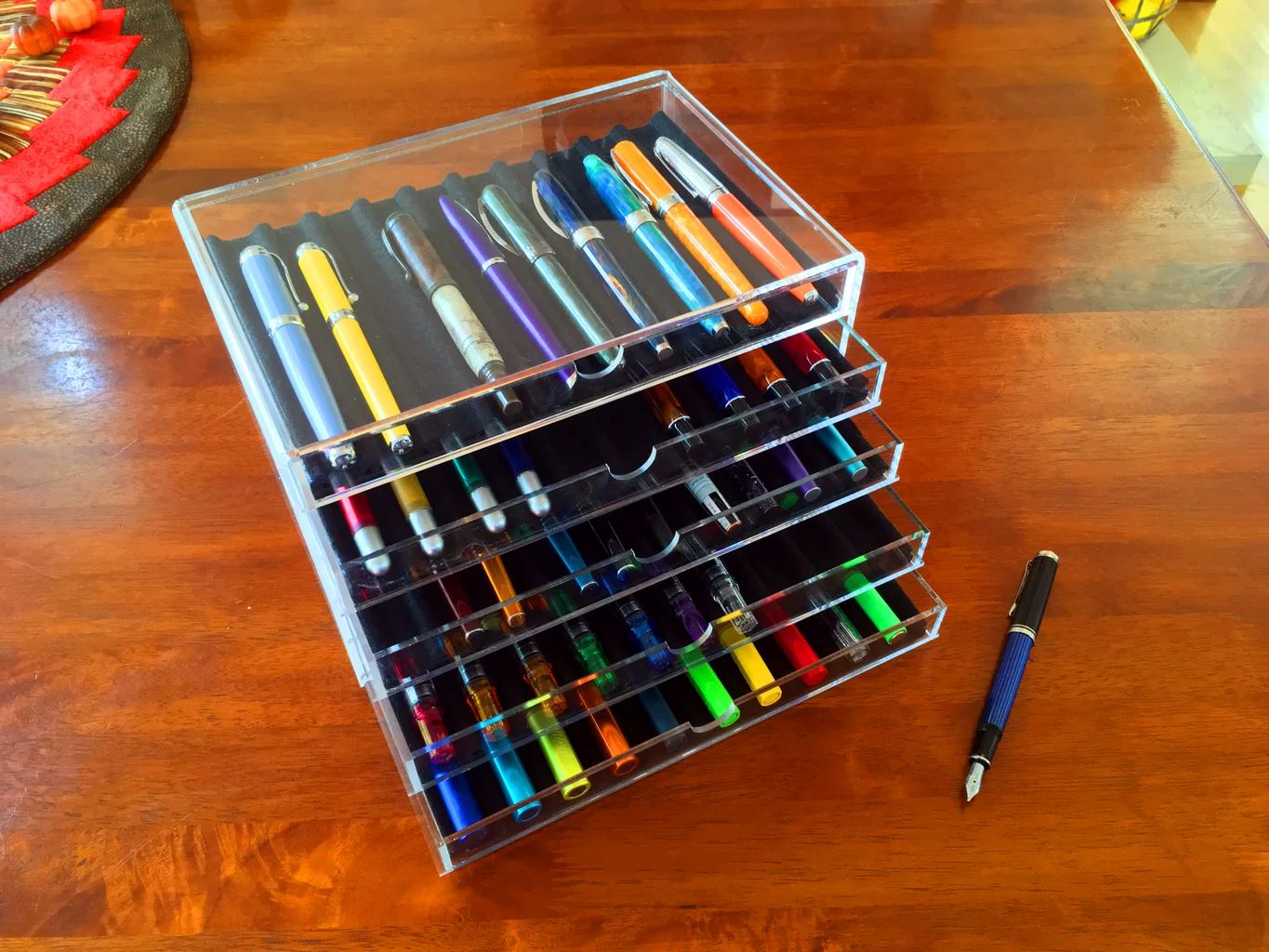
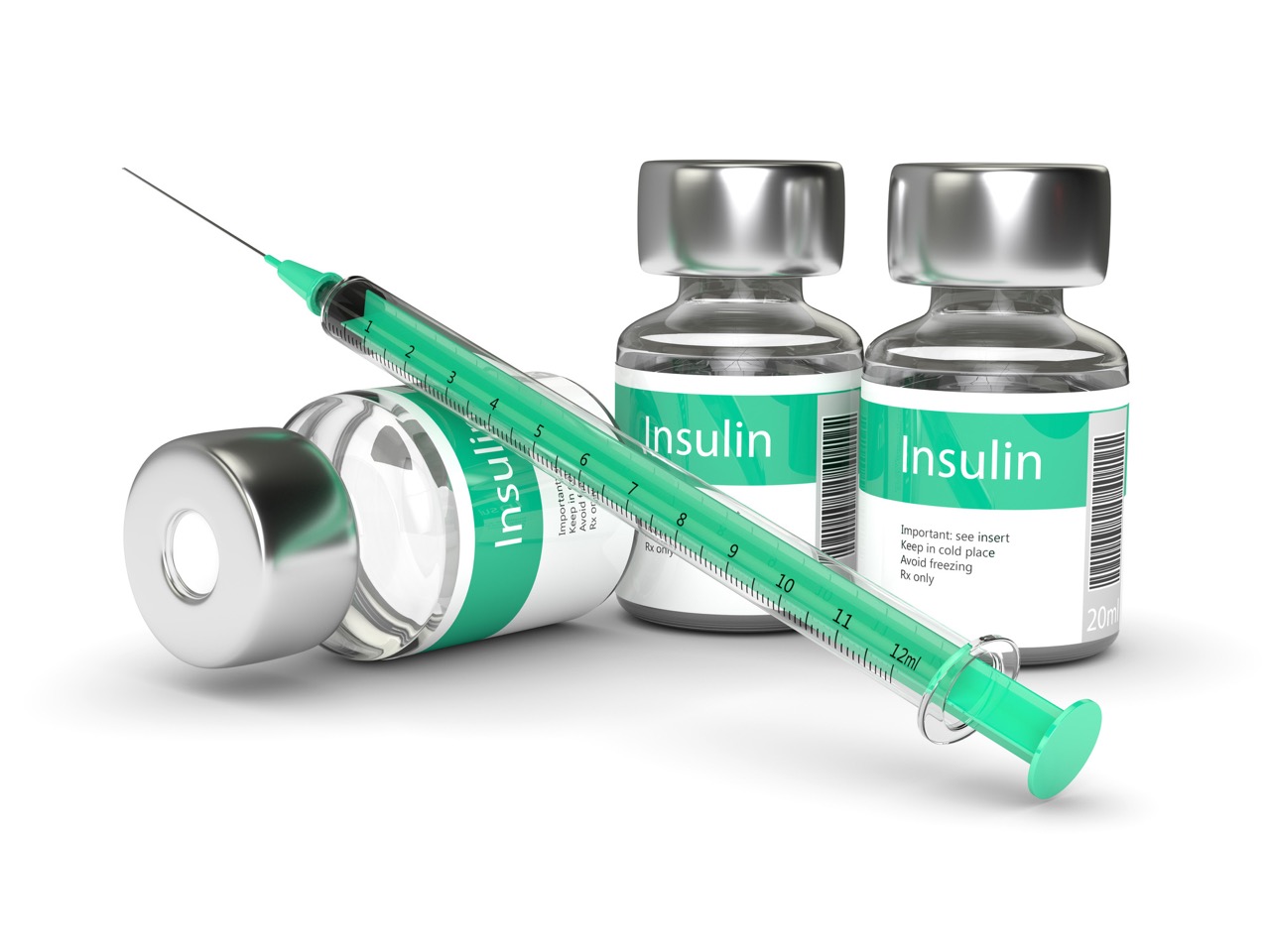



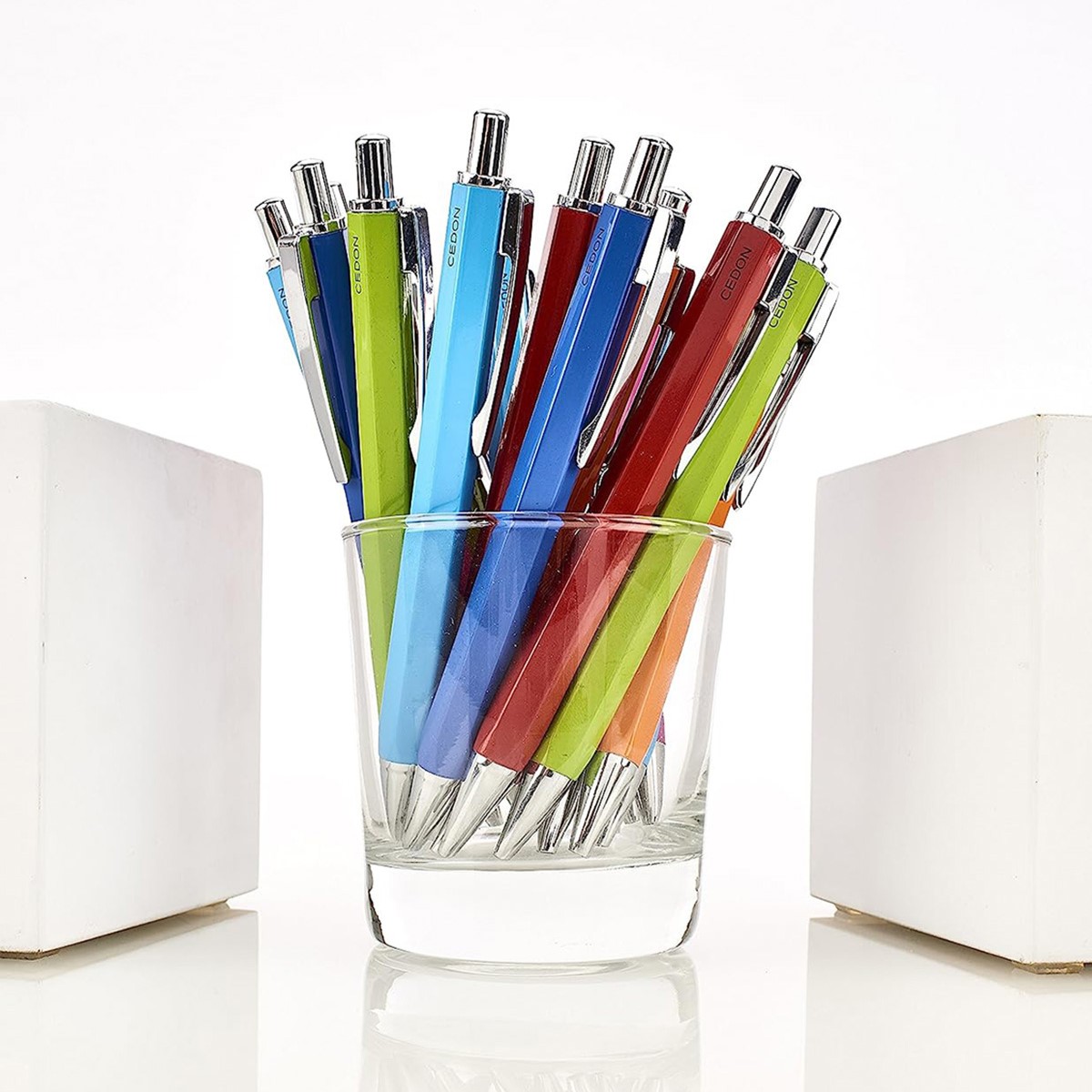
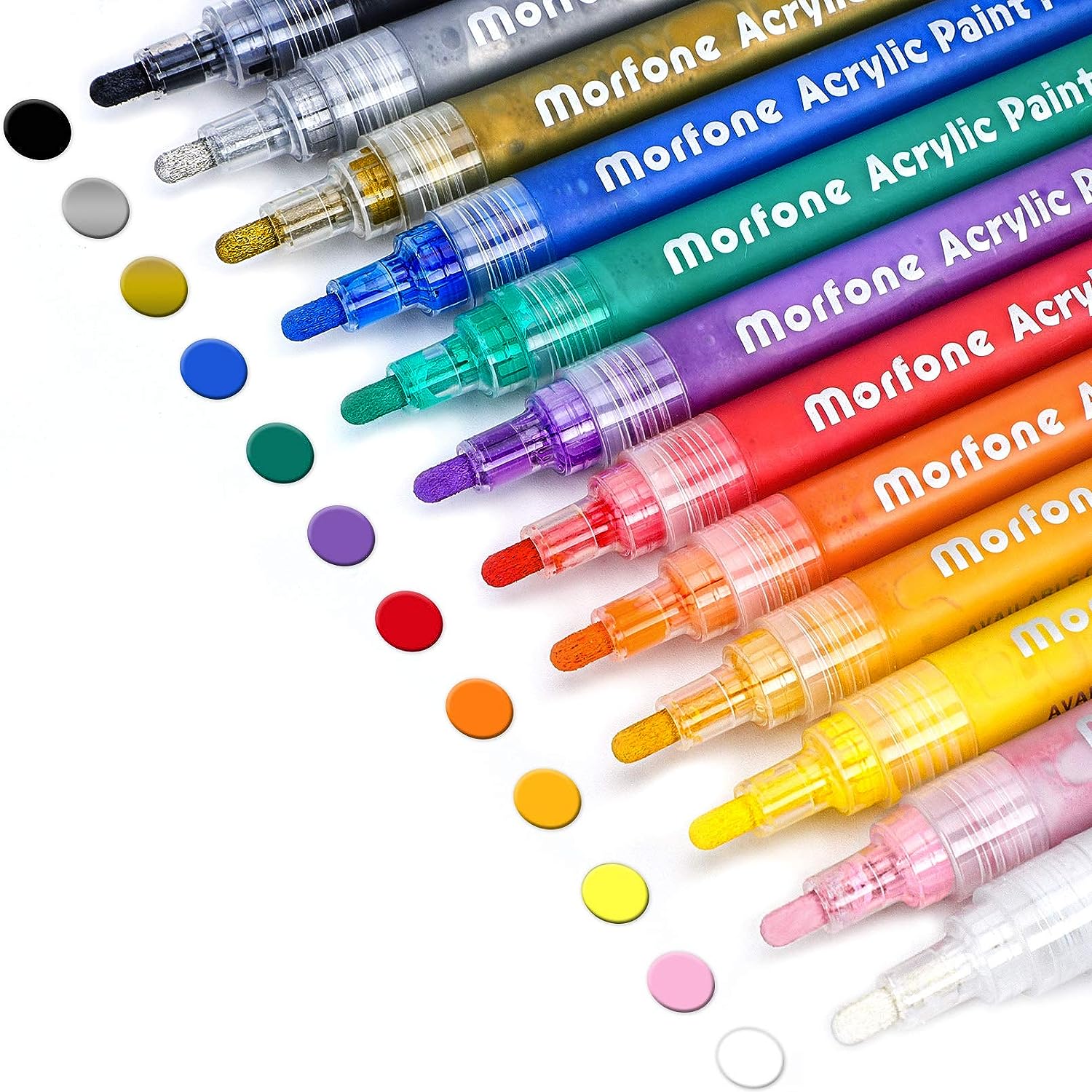
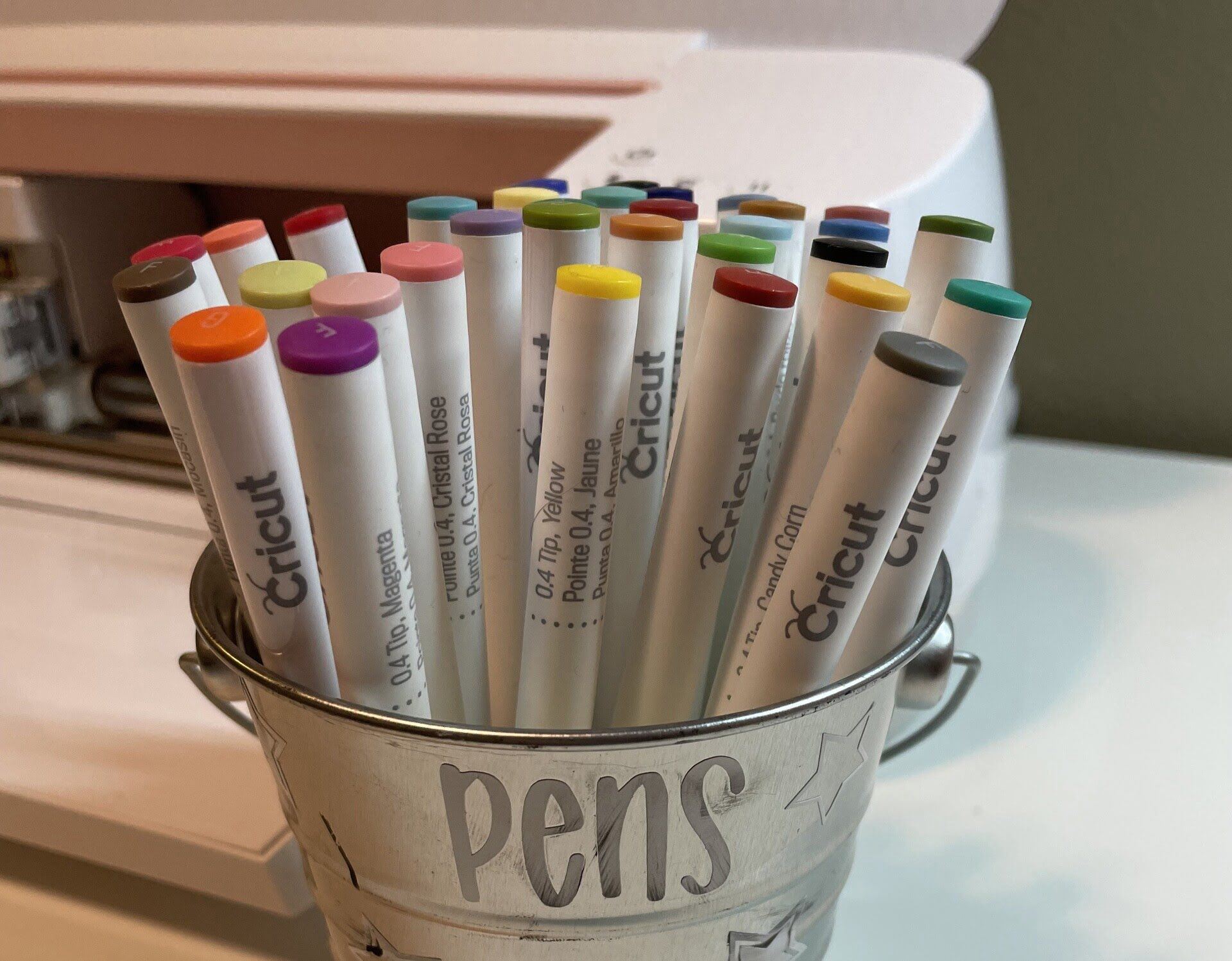
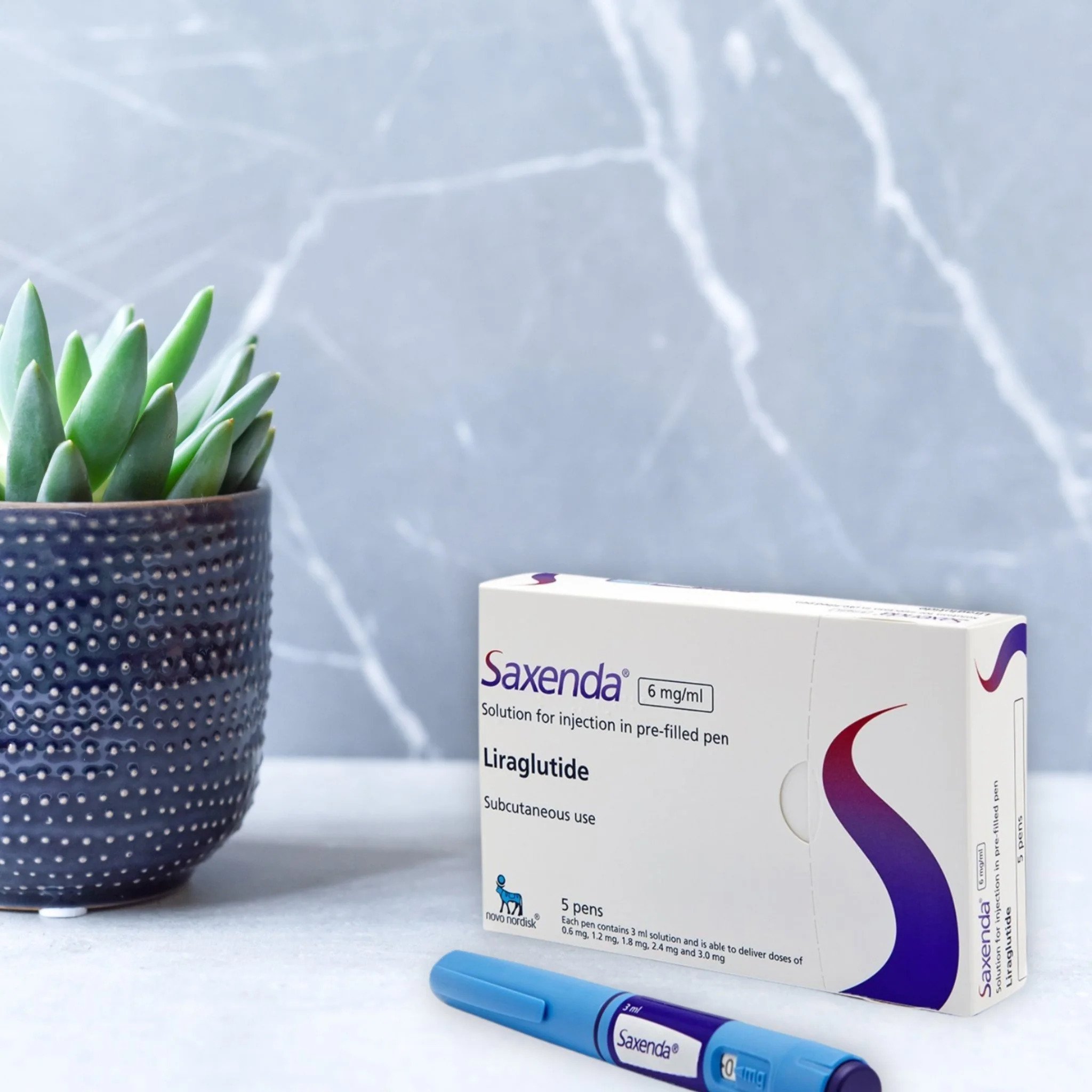

0 thoughts on “How To Store Insulin Pen”